Contact: +91 99725 24322 |
Menu
Menu
Quick summary: Maize assumes great importance in the agribusiness value chain globally. There is an ever-growing demand from various segments catering to food and non-food usage of maize. Capture the farm to mill story of maize with Blockchain traceability
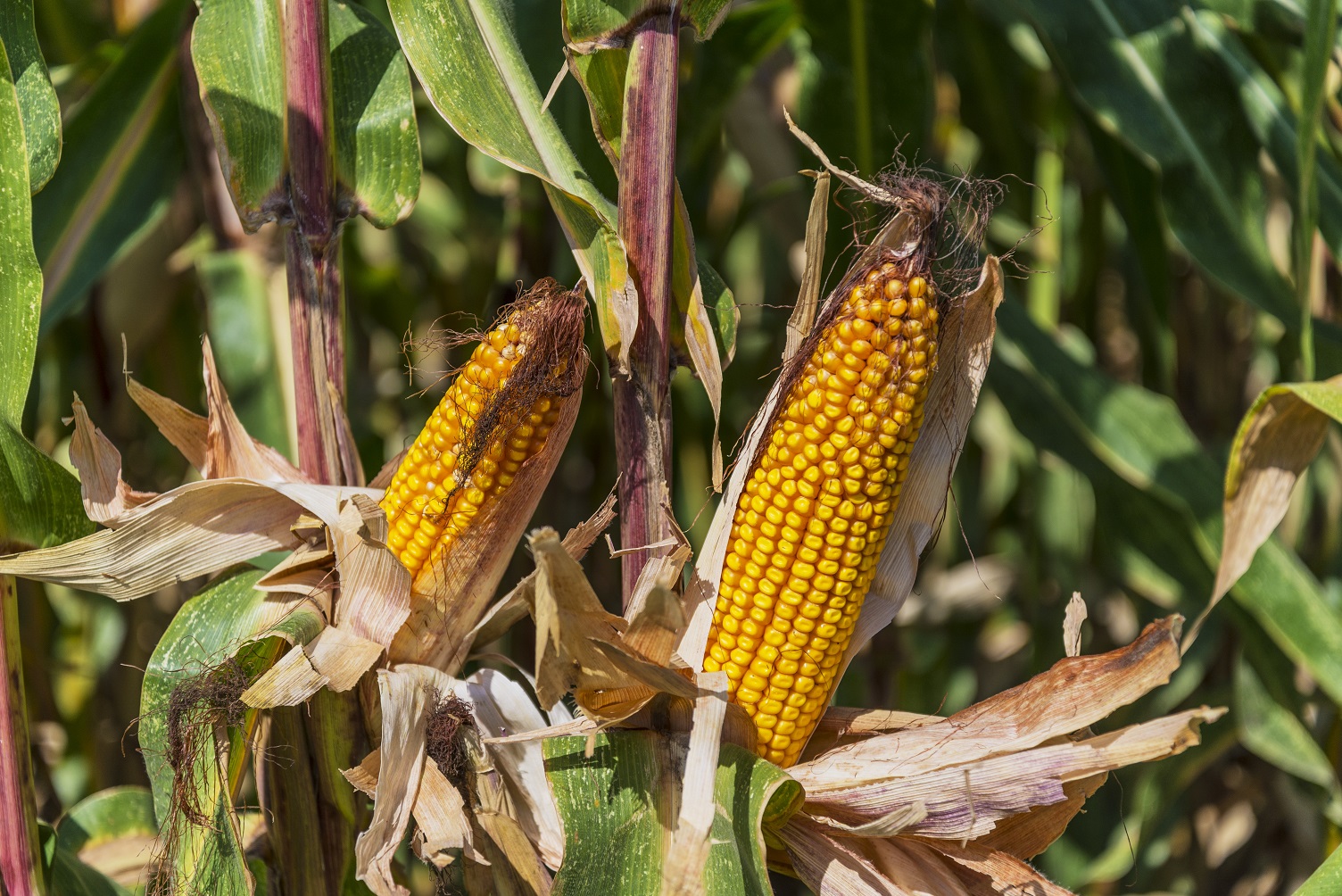
The crunchy popcorn, steaming sweet corn soup and the spicy corn Manchurian, have you wondered how they reached your plates? Yes! These are all maize products that have been through the journey from the farm to the supermarkets. Let us trace the story of maize and experience its life journey.
Maize the ‘Queen of Cereals’ is an important cereal crop of the world. Also known as Corn, it is a food crop grown in all seasons. White maize is a food crop that requires favorable climatic conditions whereas yellow maize is used as animal feed and grown in the countries in Northern Hemisphere. Maize is a staple food in many parts of the world. It is also used as a raw material in other food processing industries.
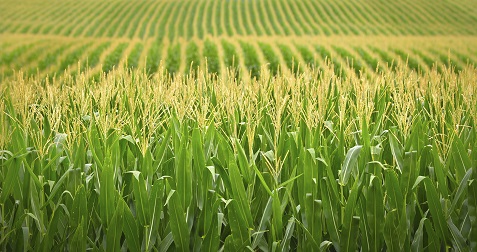
Maize consumption growing at a CAGR of 11% in the last 5 years.
Poultry feeds account for 47% of maize consumption.
15 million farmers are engaged in maize cultivation
India would require 45MMT of maize by the year 2022.
Compared to paddy, maize farmers save 90% of water and 70% of the power.
Importance of Maize in the Agriculture Value chains
Maize is the third most grown cereal crop in India. The increasing use of maize in the cattle industry sets it apart from other cereals like paddy and wheat. The crop is also less water-demanding and gives a higher yield per hectare in a shorter period. The use of maize for ethanol production for fuel in countries like the US and Europe adds further value to the crop. Also in India, there is the direct involvement of smallholder farmers in the cultivation of maize. The crop is generating employment for more than 650 million farmers
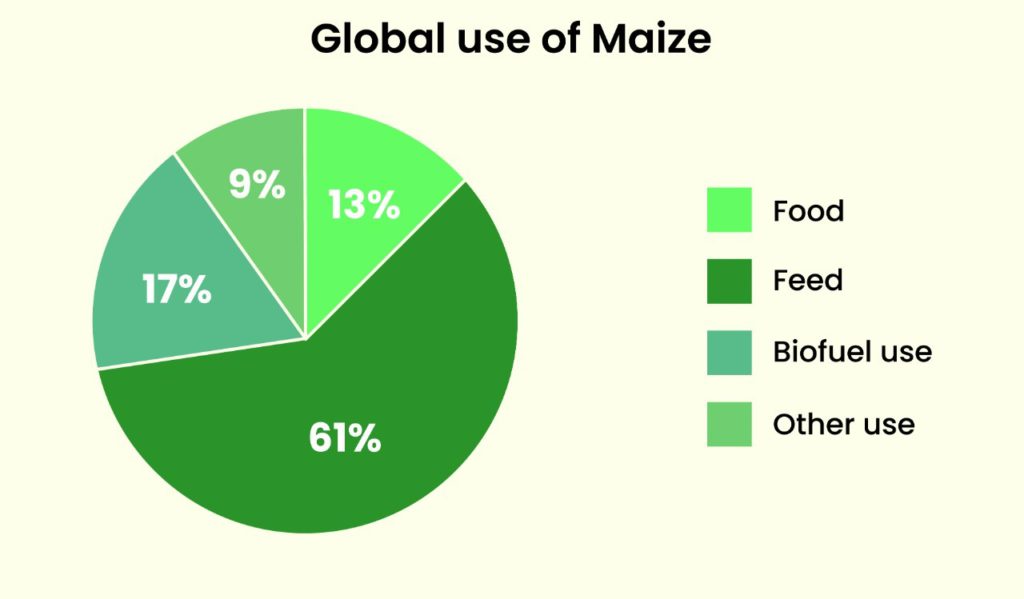
Maize assumes great importance in the agribusiness value chain globally. There is an ever-growing demand from various segments catering to food and non-food usage of maize.
Demand and Supply in Maize depend on the Sowing and Harvesting season. Production is key to meeting the supply of Maize.
In the global scenario, the US has been the largest producer of maize followed by China. India produced 30 million tons in an area of 9.9 million hectares in 2020-21. In addition to being a staple food, it also serves as a raw material for various industrial products like starch, protein, textile, paper.
Demand drivers for maize
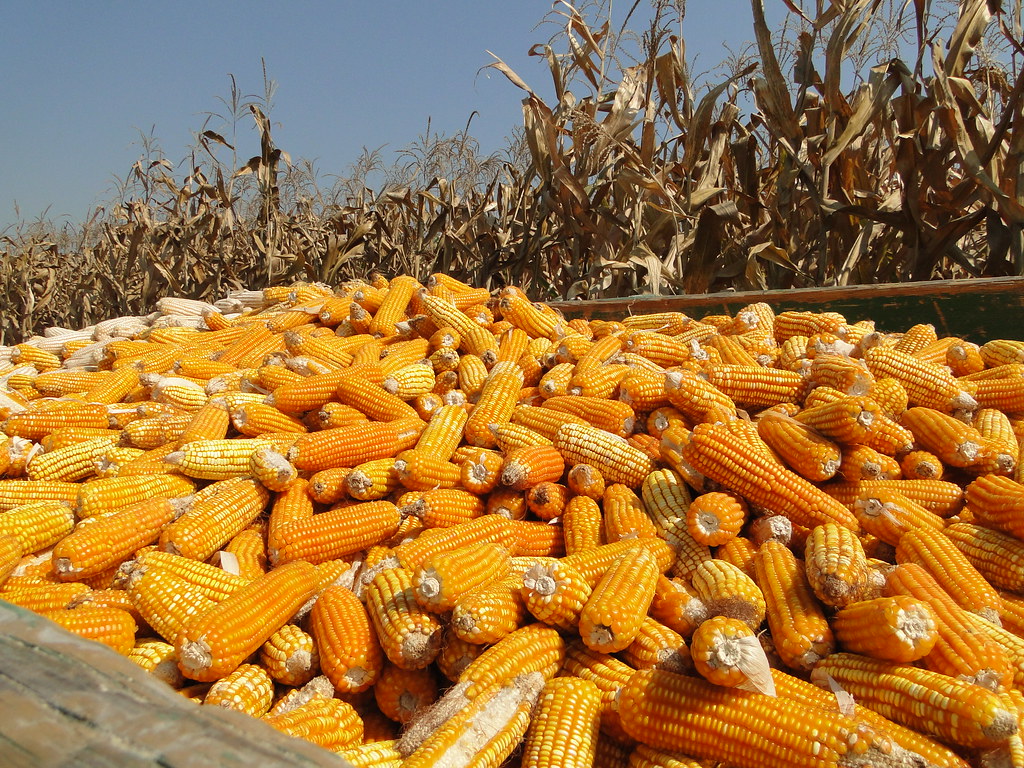
The maize value chain starts with the producers to the consumers with traders and processors in between.
The basic unit harvested from the farmers is the maize cob.
The grains are the secondary product derived from the cobs. The tertiary products are the further processing of these grains to processed food and processed feeds.
Production
The inputs required for production are Seeds, Fertilizers, and Pesticides. Maize being a single crop, farmers need to use quality seeds for bumper yields. The supply of fertilizers is also crucial. This is followed by Drying, Shelling, and Winnowing operations.
Transportation
The produce is transported to traders in the agriculture market. The farmers do not always get the best prices for the produce grown. The produce is sold to the processors for further processing for food and feeds.
Processing
Initially sorting and cleaning of the product takes place before sending it for further processing. A part of the produce is sent to feed mills for further processing. The remaining part is sent to flour processors and cereal processing units.
The value-added products players include Ashirvad for multigrain flours, Kellogs for cornflakes, and Cargill for feeds.
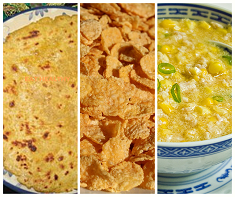
Packaging and Transportation
The finished products are packed and sent to wholesalers, retail markets, and supermarts.
Climatic changes, Market linkages, and fluctuating prices are the primary challenges in Maize production.
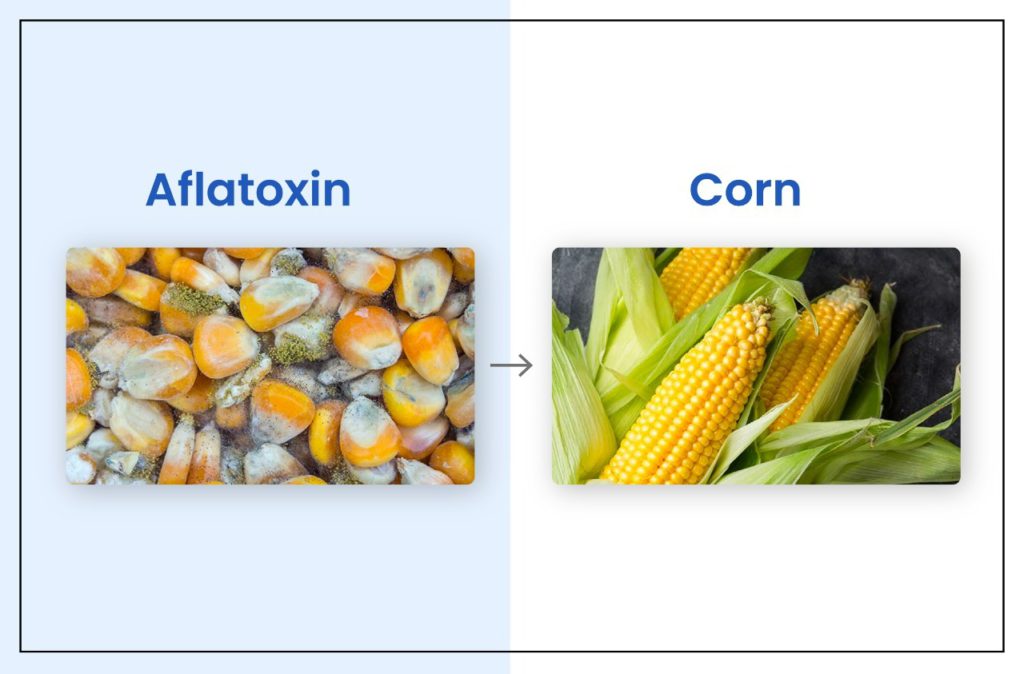
The supply chain has a number of shortcomings
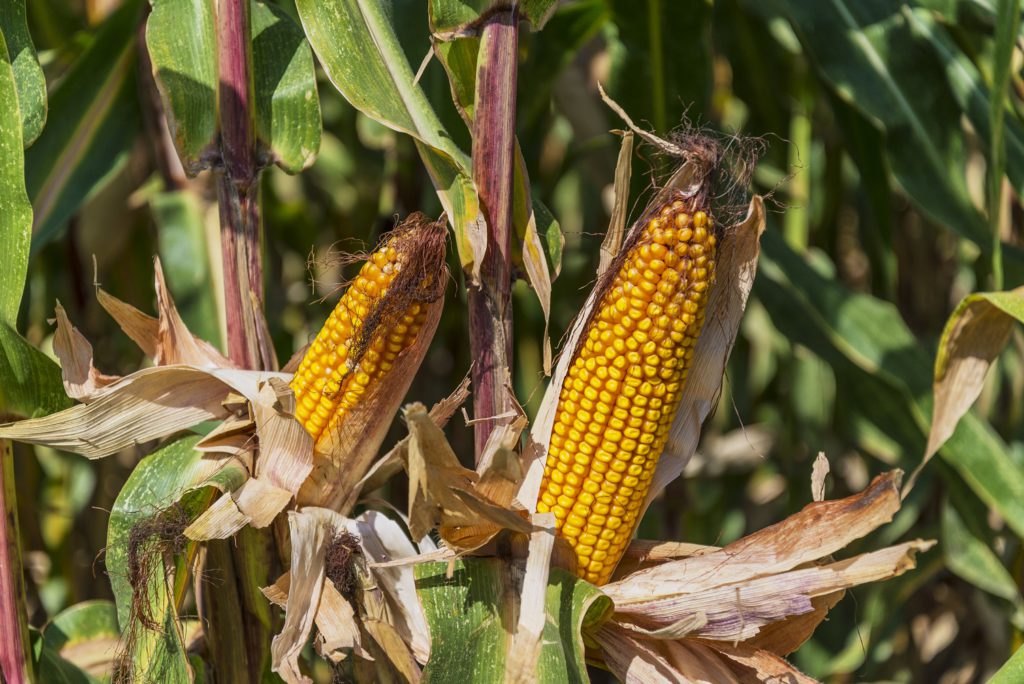
Value chain development is very critical in the Maize sector. The linkages among the growers, input providers, processors, logistics support, and the wholesalers and retailers along with the flow of maize along the cycle from growth and processing with the value addition at each stage are important.
About 30 to 40 % of agriculture produce is wasted due to improper market and value chain
Cluster-based seed production, the emergence of Public-Private Partnership(PPP) is ensuring the availability of quality maize seeds. Rationalizing the usage of farm inputs like fertilizers and chemicals and irrigation contributes to the profitability of the crop.
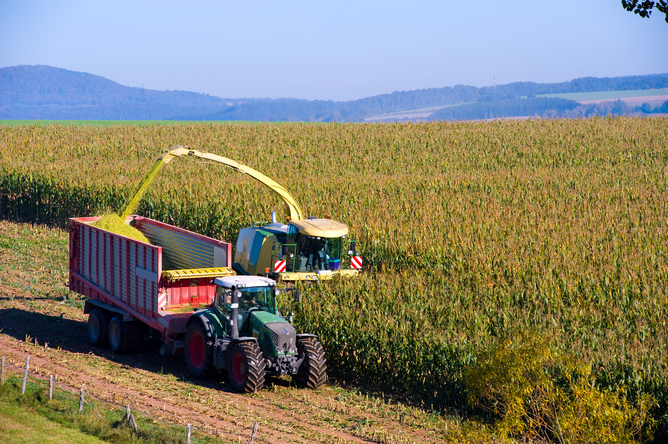
Farm mechanization is a technology intervention for bringing desired productivity.
Combined harvesters and planters are also increasing maize cultivation. Maize also is the most researched commodity with the adoption of transgenic cultivars for insect resistance.
Adoption of RNAi technology for aflatoxin and insect resistance would bridge the yield gaps.
An integrated supply chain, producing high-quality products for the food market with drivers of safety, traceability and sustainability is the way forward.
A collaborative platform with all the stakeholders exchanging data and using the best practices along the supply chain should shape a safe future. The entry of FPOs has boosted the presence of farmer visibility in the supply chain. Onboarding the producers, processors, and other stakeholders on a digital platform should bring transparency and trust to the value chain.
The pre-harvest management with agronomy practices that include input management and crop advisory, harvest schedules help the farmers to get insights and realize effective crop yields. The farmers get visibility in the market and get a fair price. Adopting sustainable practices helps the farmer to gain productivity and deliver quality food.
The post-harvest processes are tracked at each stage. The data is entered in real-time at each stage thereby ensuring accuracy in traceability. The processes get streamlined and there is a better hold on inventory. This cuts post-harvest losses which normally amount to 5 to 9% of harvested maize.
For the miller, the processed foodstuff must be traced back to the farm to ensure high quality and sustainably grown maize. This is where traceability plays a role in ensuring accurate tracking and tracing at all stages and recording all the data.
The missing link between the seeds and trust lies in Blockchain solutions for the Maize Supply Chain. Blockchain technology enhances Trust, Transparency, and Traceability in an otherwise mistrusted complex network. It bridges the yield gap and the digital records bring accountability in the system to counter fraudulence and siloed approach.
Blockchain traceability relates the farm-to-mill maize story via a scannable QR code. Providing provenance, food safety, and auditable data, helps to build strong consumer brands embedding the trust factor in the food ecosystem.
TraceX works with farmers across Karnataka, setting new standards in Sustainability and driving Digital Transformation to shape the future of the Food and Agriculture industry.
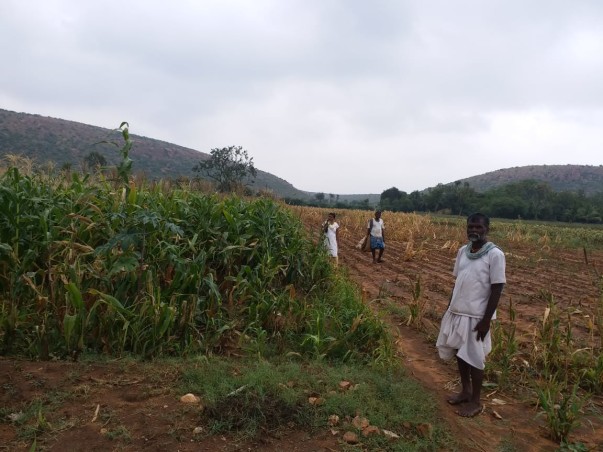
Check how IFHD is leveraging TraceX Blockchain-powered traceability solutions for one of its projects with the maize growers.
